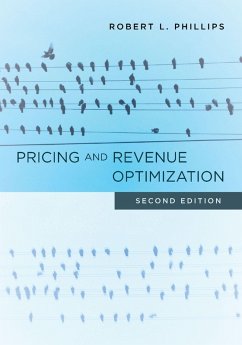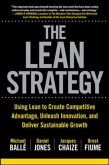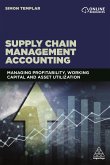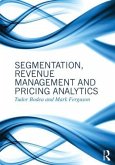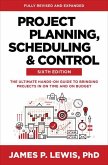"Employing analytical techniques derived from management science, and the author's extensive corporate experience, this is the definitive resource for what has emerged as critical and rapidly changing field in business strategy. MBA and executive courses will be drawn to the updates throughout the book, focusing on AI impact on revenue management, as well as compelling new cases on e-marketplace pricing at Amazon, Uber, and other leading companies"--
Hinweis: Dieser Artikel kann nur an eine deutsche Lieferadresse ausgeliefert werden.
Hinweis: Dieser Artikel kann nur an eine deutsche Lieferadresse ausgeliefert werden.

